How Successful is Stem Cell Therapy for Osteoarthritis in Thailand?
"The success rate of stem cell therapy for osteoarthritis in Thailand is impressively high, with reports showing over 80% of patients experiencing significant pain reduction and improved joint function."
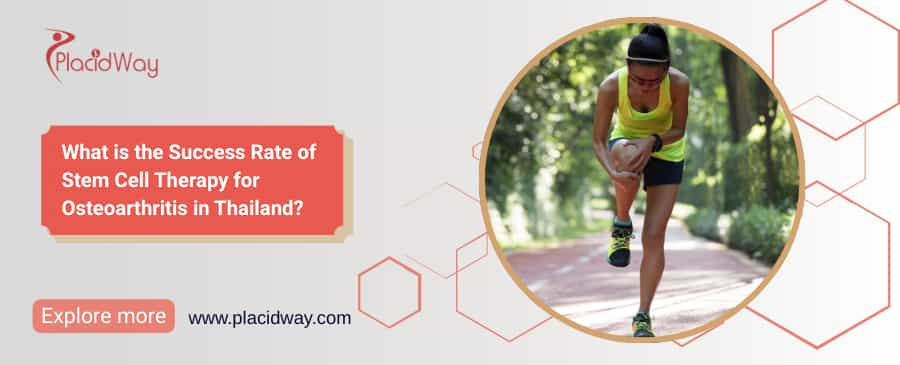
When considering a cutting-edge medical treatment, the most pressing question is always: "Will it work for me?" For those suffering from the chronic pain of osteoarthritis, the success rate of stem cell treatment for osteoarthritis in Thailand is a beacon of hope. This regenerative treatment is not just about masking symptoms; it's about healing the joint from within. Thailand has positioned itself as a global leader in this field, offering advanced procedures that yield remarkable results. But what does "success" truly mean in this context? It's more than just a number—it's about regaining mobility, living without pain, and getting back to the activities you love. This comprehensive guide will break down the success rates, explore the factors that influence them, and explain why Thailand is the premier destination for this life-changing therapy.
How Is the "Success Rate" Actually Measured?
"The success of stem cell therapy for osteoarthritis is measured through a combination of patient-reported outcomes, clinical assessments, and medical imaging, focusing on pain reduction, functional improvement, and cartilage regeneration."
A clinic's success rate isn't an arbitrary figure. It's based on tangible data collected before and after the treatment. Clinicians use several key metrics to provide an objective assessment of the outcome:
What Is the General Success Rate for Stem Cell Therapy in Thailand?
"Across leading clinics in Thailand, the general success rate of stem cell therapy for osteoarthritis is consistently reported to be between 80-90% for patients with mild to moderate conditions."
This high percentage reflects the number of patients who experience a substantial improvement in their symptoms and quality of life. It’s important to understand that "success" doesn’t always mean a 100% cure or a return to the joints of a 20-year-old. For most, success means being able to walk the dog without a limp, play a round of golf without pain, or simply get a full night's sleep without being woken by an aching knee or hip. The goal is a significant, long-lasting improvement that allows you to delay or, in many cases, avoid the need for joint replacement surgery.
Why Are Success Rates in Thailand Often High?
"Success rates in Thailand are high due to the country's stringent medical standards, experienced specialists, advanced cell processing laboratories, and the use of high-viability stem cells."
Thailand's excellence in regenerative medicine is no accident. The country’s top international hospitals invest heavily in the technology and expertise required for optimal outcomes. The success is built on a foundation of quality control at every step, from the initial patient evaluation to the post-procedure follow-up. Doctors are highly trained in precise, ultrasound-guided injection techniques, ensuring the stem cells are delivered exactly where they are needed most. This combination of advanced technology and medical expertise directly contributes to the high efficacy of the treatments.
What Patient Factors Influence the Success Rate?
"The patient's age, overall health, weight, and the severity of their osteoarthritis are the most significant personal factors that influence the success rate of the treatment."
While the procedure is highly effective, the patient's own body plays a huge role in the final outcome. Key factors include:
How Does the Severity of Arthritis Affect Success?
"Stem cell therapy is most successful for mild to moderate osteoarthritis (Grade 1-3), while its effectiveness decreases significantly for severe, end-stage (Grade 4) arthritis."
Think of it like repairing a damaged road. If the road has minor cracks and potholes (mild to moderate OA), a repair crew can effectively patch it and make it smooth again. This is what stem cells do for a moderately arthritic joint. However, if the entire road has crumbled away (end-stage OA), patching is no longer a viable option; a complete replacement is needed. For this reason, seeking treatment earlier rather than later can dramatically increase your chances of a successful outcome.
Does the Source of Stem Cells Impact the Outcome?
"Yes, the source and quality of the stem cells are critical. Autologous mesenchymal stem cells (MSCs) derived from the patient's own adipose (fat) tissue or bone marrow are considered the gold standard for safety and effectiveness."
Adipose tissue is often preferred because it is a much richer source of MSCs, sometimes containing 500 to 1,000 times more stem cells than an equivalent amount of bone marrow. A higher concentration of healthy, viable stem cells injected into the joint directly correlates with a better regenerative potential and a higher chance of success. Reputable clinics in Thailand use sophisticated lab processes to ensure the highest possible concentration and viability of the cells.
What Role Does the Clinic and Doctor Play in Success?
"The expertise of the doctor and the quality of the clinic's laboratory are paramount to success. Precise injection techniques and proper cell handling ensure the stem cells are delivered effectively and remain viable."
You can have the best raw materials, but without a skilled craftsman, the result will be poor. The same is true for stem cell therapy. A doctor's ability to use imaging guidance (like ultrasound) to inject the cells into the precise intra-articular space is crucial. Furthermore, the clinic's lab must follow strict protocols to isolate and concentrate the stem cells without damaging them, as the treatment's success depends on the health and number of viable cells injected.
Is the Success Rate Higher for Knees Than Other Joints?
"The knee is the most studied and commonly treated joint, showing consistently high success rates. However, stem cell therapy has also proven highly successful for treating osteoarthritis in the hips, shoulders, ankles, and wrists."
Because the knee is a large, relatively simple hinge joint that is frequently affected by osteoarthritis, it has been the focus of most clinical research. This has led to highly refined treatment protocols and predictable, successful outcomes. That said, the fundamental healing principles of stem cells apply to any joint. Patients with hip and shoulder OA also report excellent results, finding relief from pain and regaining significant range of motion.
How Does This Success Rate Compare to Knee Replacement Surgery?
"While knee replacement has a high success rate for eliminating pain (around 90%), stem cell therapy offers a comparable success rate in pain reduction for the right candidates, but with a significantly lower risk profile, faster recovery, and preservation of the natural joint."
Knee replacement is a major surgery that involves amputating the ends of the bones and implanting an artificial joint. It requires a long and painful rehabilitation period. Stem cell therapy, by contrast, is a minimally invasive injection with a few days of downtime. For patients with moderate OA, it offers the chance to achieve the same goal—a pain-free, functional joint—without the risks and arduous recovery associated with major surgery.
How Long Do the Successful Results Last?
"Successful results from stem cell therapy for osteoarthritis are long-lasting, with many patients experiencing benefits for five to ten years or more after a single course of treatment."
The therapy provides a long-term solution because it addresses the underlying problem of tissue damage, rather than just masking the pain. It effectively "resets" the joint to a healthier state. The longevity of the results can be extended by maintaining a healthy lifestyle, managing your weight, and following a proper exercise regimen to support joint health.
What Are the Signs of a Successful Treatment?
"The key signs of a successful treatment include a noticeable decrease in chronic pain, reduced stiffness (especially in the morning), an increased range of motion, and the ability to perform activities that were previously painful."
Success is felt in your day-to-day life. It's the ability to walk through a grocery store without needing to lean on the cart. It's being able to get up from a chair without a groan. It's the return of a sense of freedom and a reduction in the reliance on pain medication. These practical, real-world improvements are the true measure of a successful outcome.
How Can I Verify a Clinic's Claimed Success Rates?
"To verify a clinic's claims, ask for anonymized patient testimonials, inquire about their data tracking methods, check for international accreditations (like JCI), and ask about the specific protocols they follow."
A trustworthy clinic will be transparent about its results and how they are measured. They should be able to explain their process and provide evidence of their success. Be wary of clinics that promise a "100% cure" or are vague about their outcomes. Look for providers who are focused on patient education and setting realistic expectations.
Achieving a high success rate with stem cell therapy starts with choosing the right partner in your healthcare journey. If you're ready to explore how regenerative medicine in Thailand can offer you lasting relief from osteoarthritis pain, connect with PlacidWay. We can help you find internationally accredited clinics with proven track records of success. Get a free, personalized quote today and take the first step towards a more mobile, pain-free future.


.png)


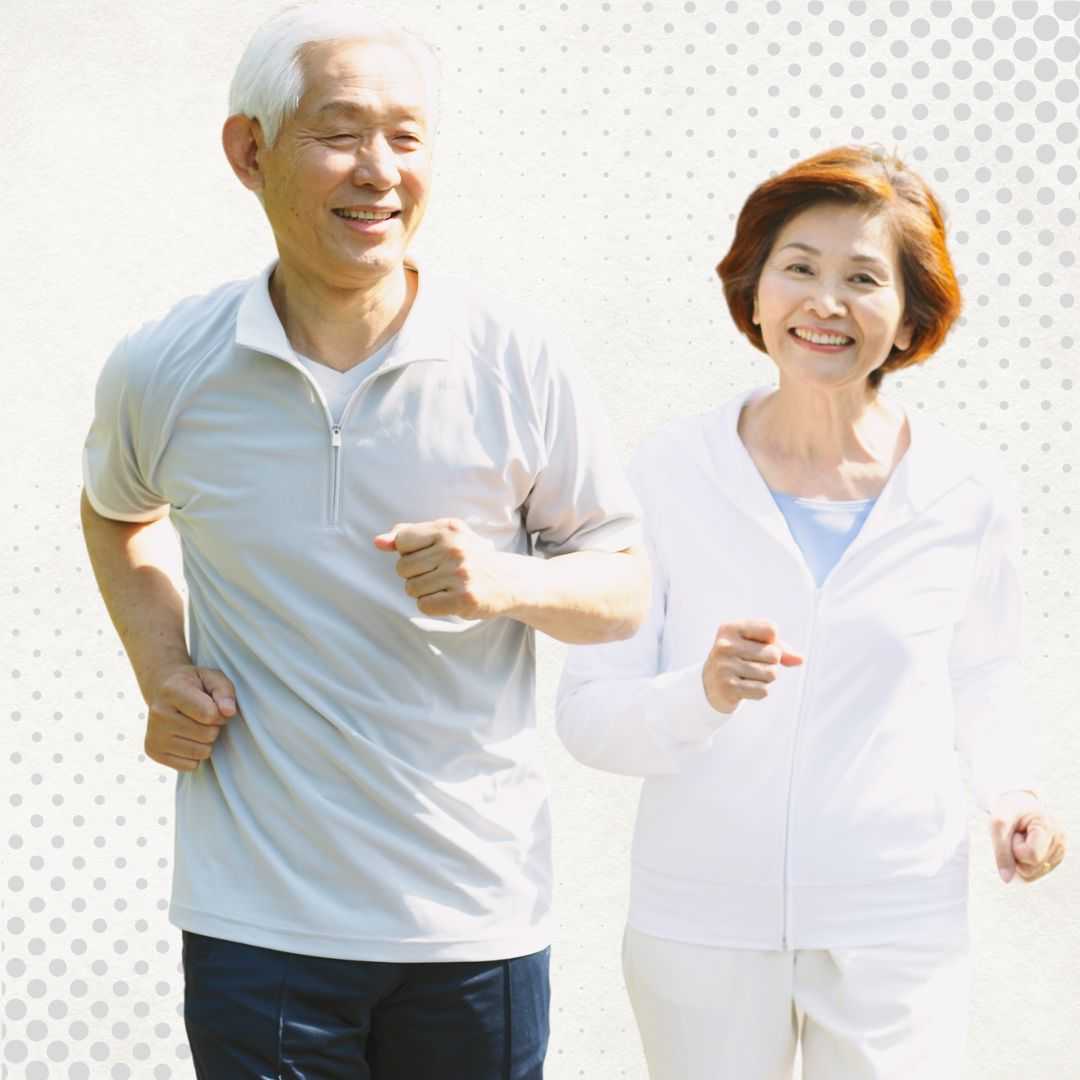
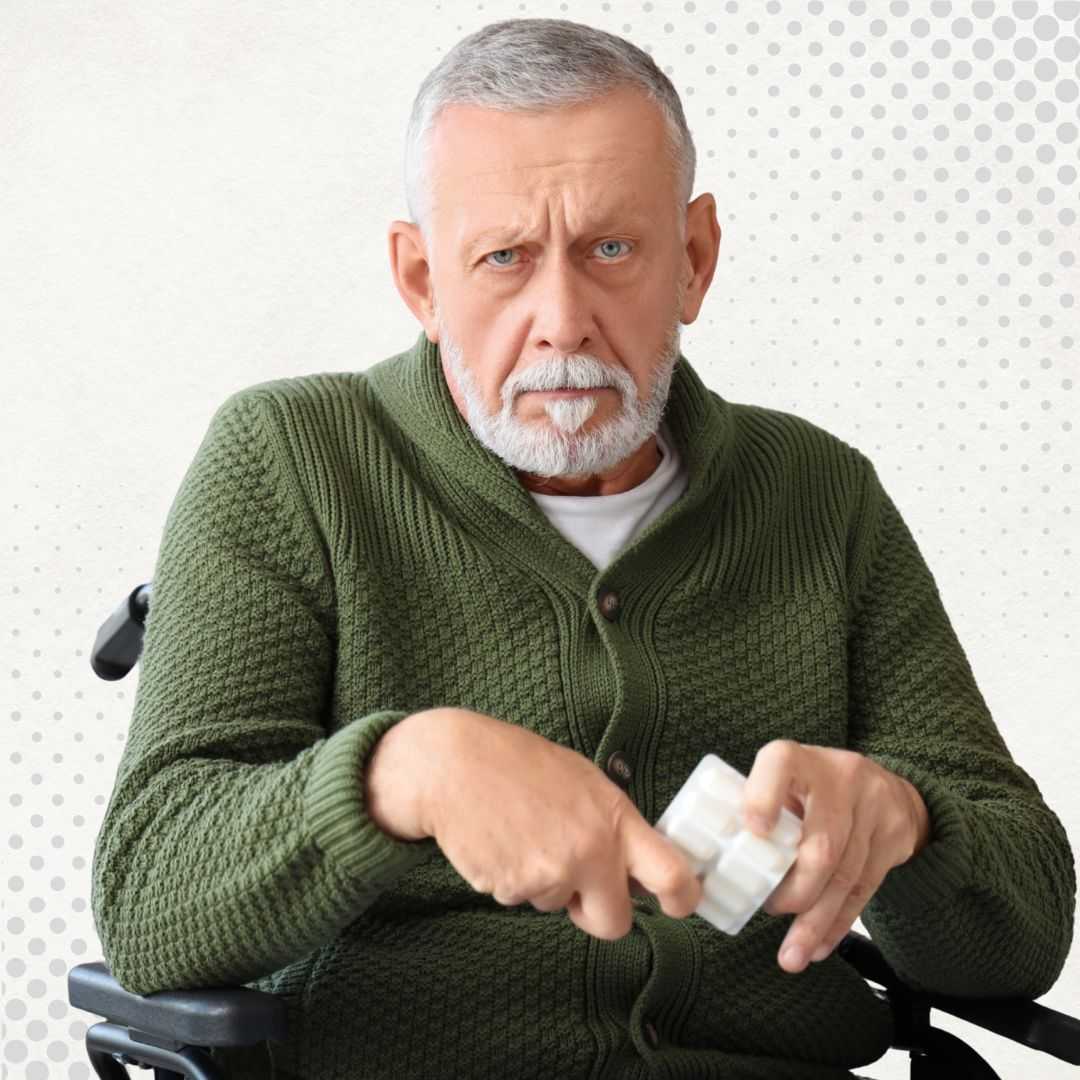
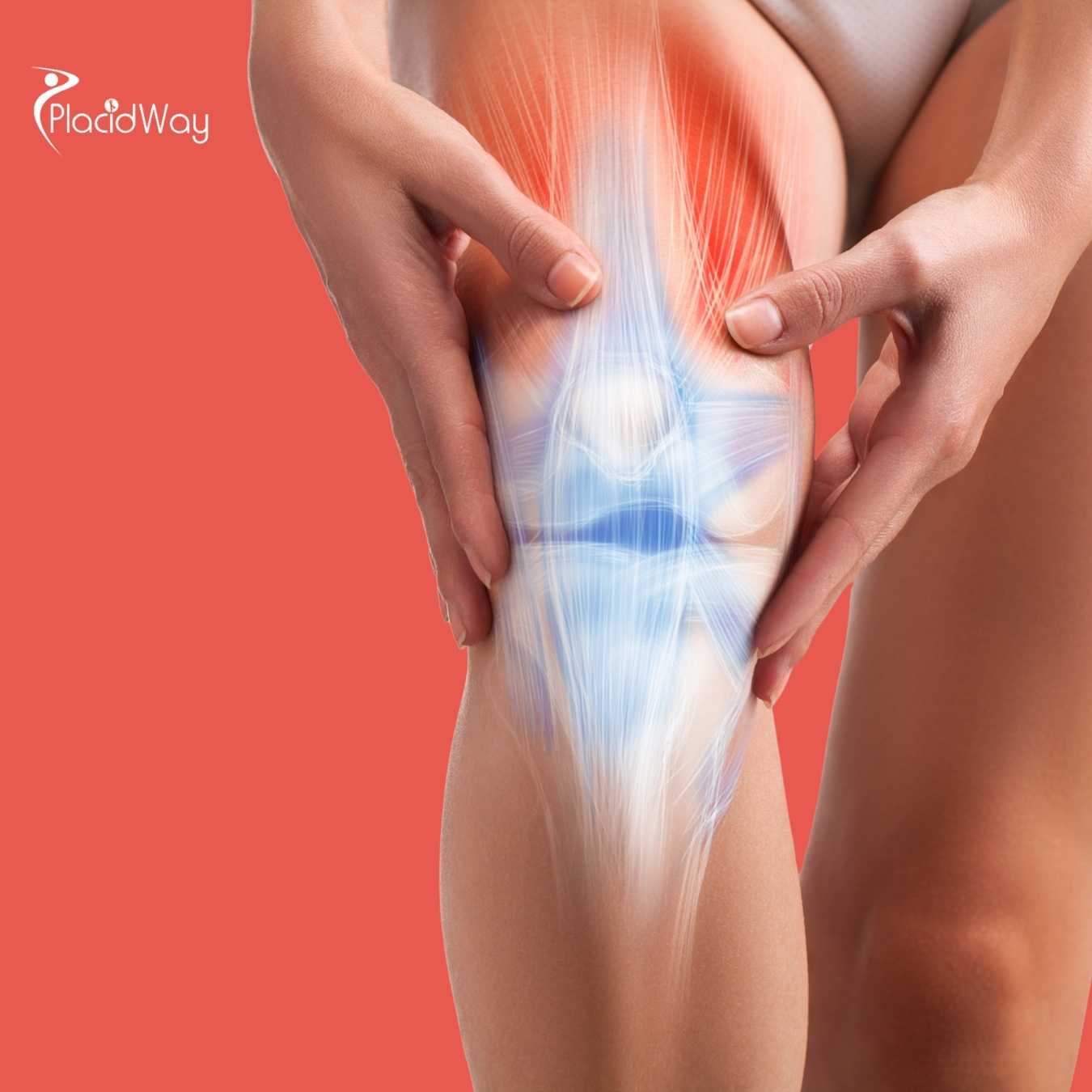
.png)
.png)
.png)
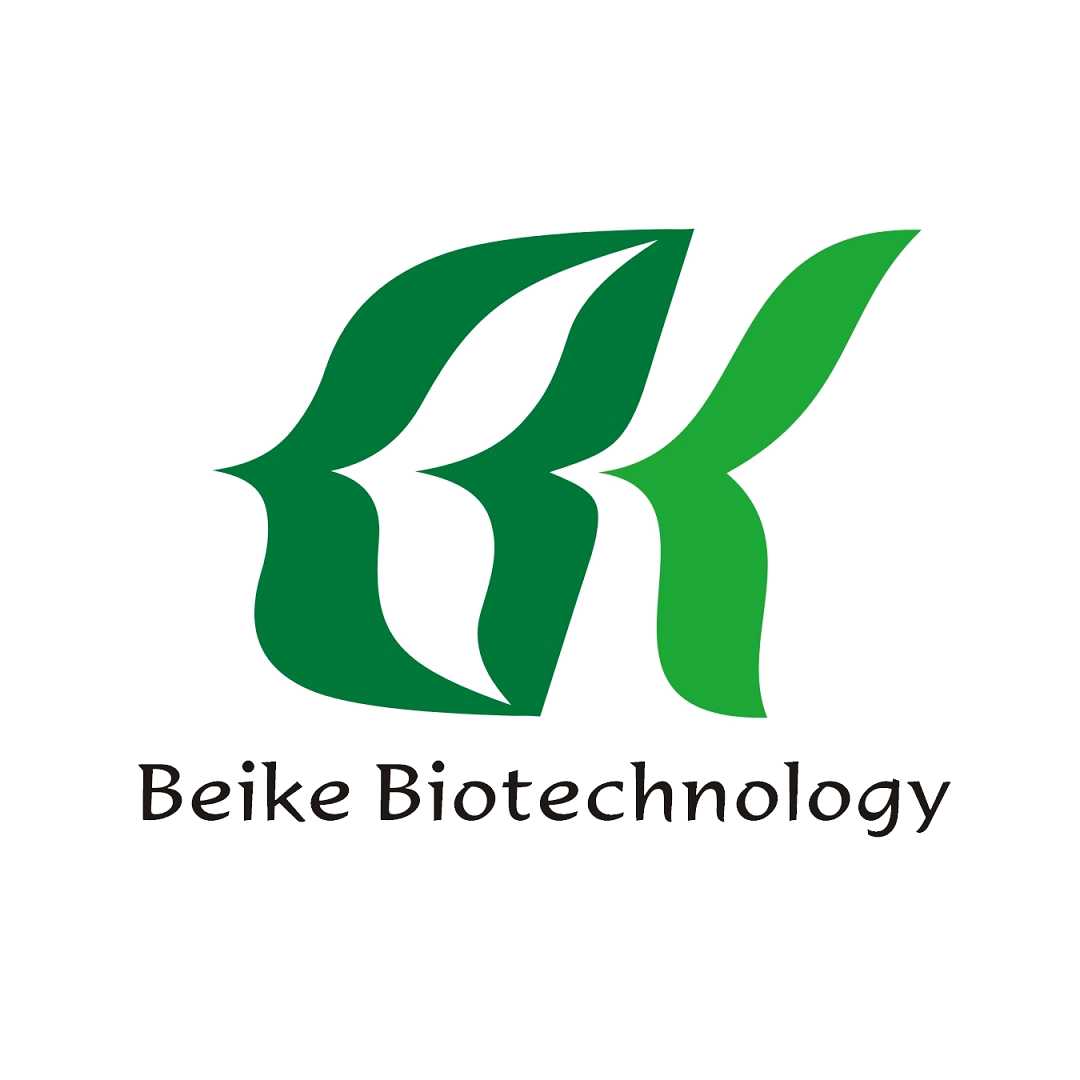

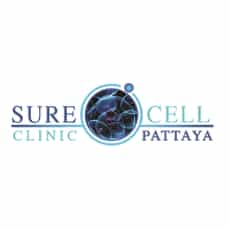



Share this listing